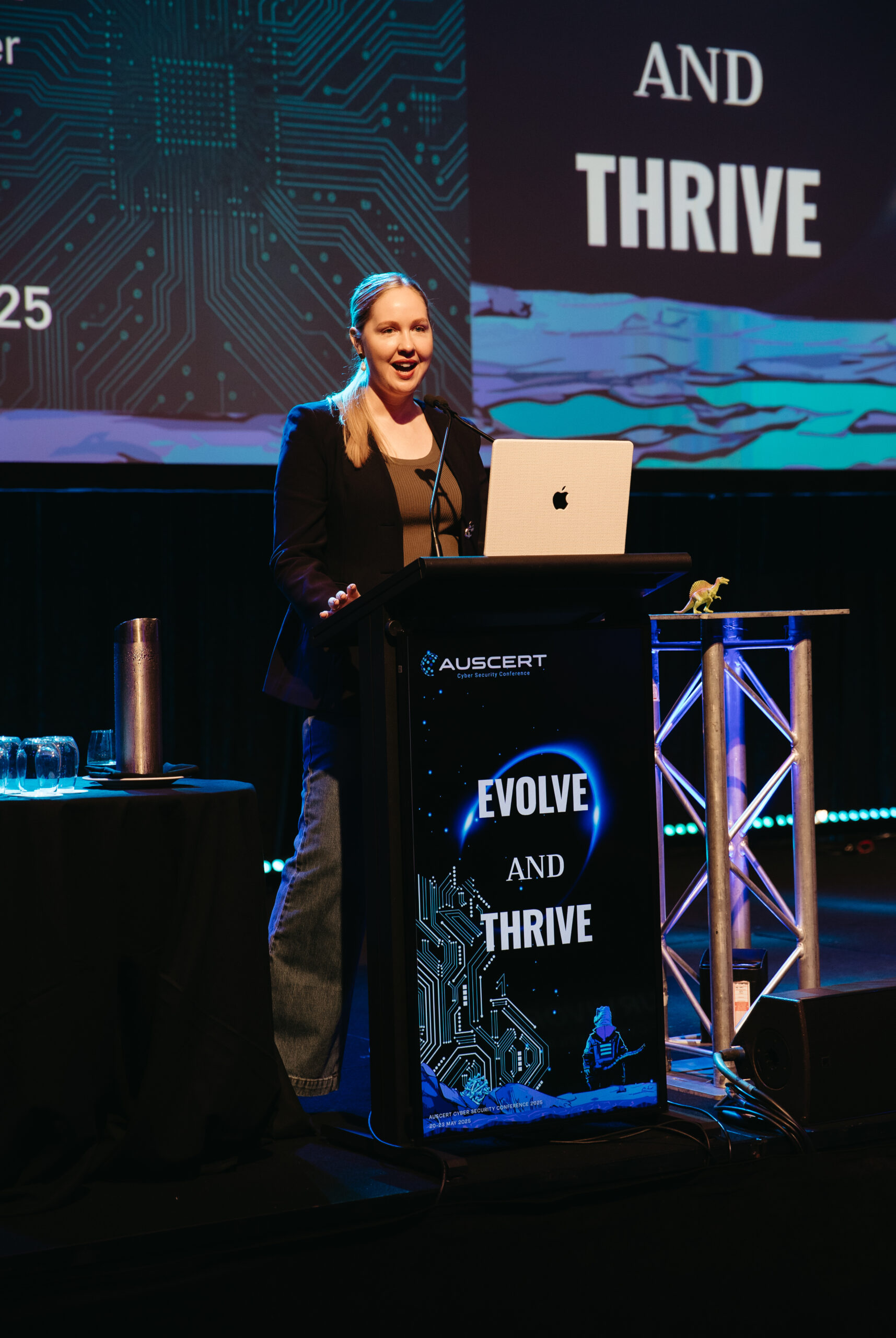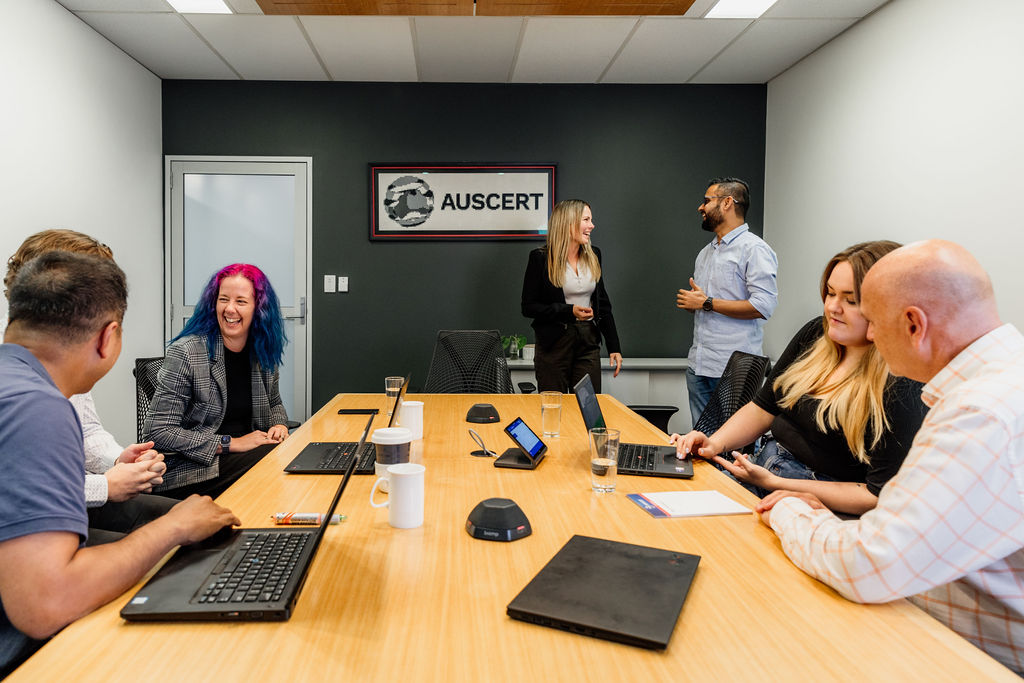7 Dec 2023
Blogs
30 Years 30 Stories
AUSCERT 30 Years 30 Stories – Dave O’Loan
Long-time AUSCERT affiliate and member, Dave O’Loan shares his journey with AUSCERT. As Head of Cyber Relations at the Australian Academic Research Network (AARNet), Dave has had many touchpoints with AUSCERT throughout his career. The sharing of information and diverse collaboration is why Dave continues to support and remain a member of AUSCERT.
How did you first get involved with AUSCERT and what motivated you to become a member?
AUSCERT is a partner with AARNet within AHECS, the Australian Higher Education Cyber Security Service. Prior to that, I had a long history of working within the academic and research sector. AUSCERT is part of The University of Queensland, linking with AARNet as a shareholder. Therefore, we have a close relationship around securing our sector and broadly sharing information.
What are some of the key benefits and experiences of an AUSCERT membership?
AARNet gains a lot of benefits through the sharing of threat intelligence, technical indicators, advisories, and bulletins. We also gain a lot from the AUSCERT community, including the conference, and other communities that bring security individuals together to share information effectively.
How has AUSCERT evolved over the years, and what changes have you seen in the cybersecurity landscape that have affected the organisation’s work?
AUSCERT has evolved by leveraging events like the annual conference and building a strong, information-sharing community. The evolution includes stronger partnerships, distributing information, and bringing different industry verticals together. AUSCERT plays a significant role in ensuring the CERT function is carried out and making sure there’s timely advice available for members.
What advice would you give to someone considering becoming an AUSCERT member?
AUSCERT memberships have numerous benefits, providing access to information, people, skills, and knowledge that an organisation might not have in-house. The membership allows for asking questions, gaining guidance, and receiving information that helps protect systems, networks, and people. AUSCERT’s training contributes to the cybersecurity maturity of an organisation.
What do you think the future holds for AUSCERT, and how do you see the organisation continuing to play a vital role in the cybersecurity community?
Many people don’t like answering this question, but I see a bright future for AUSCERT. With the evolving cybersecurity landscape, more entities need to be involved in the broader uplift. AUSCERT’s long history of support and leveraging its capabilities will contribute significantly to achieving a more secure nation.
How has your membership in AUSCERT impacted your organisation’s overall approach to cybersecurity?
The membership has provided unique information sharing, a subscription model with significant value, and the ability to maintain multiple cybersecurity partners. Different partners contribute advice and guidance across various aspects like risk, threat intel, and governance.
What do you believe sets AUSCERT apart from other organisations in the cybersecurity space?
AUSCERT’s unique nature lies in the shared information it has available through different partners. Maintaining different cybersecurity partners is critical because no single organisation has the knowledge or capacity to understand all risks, threats and governance challenges an organisation could face.





